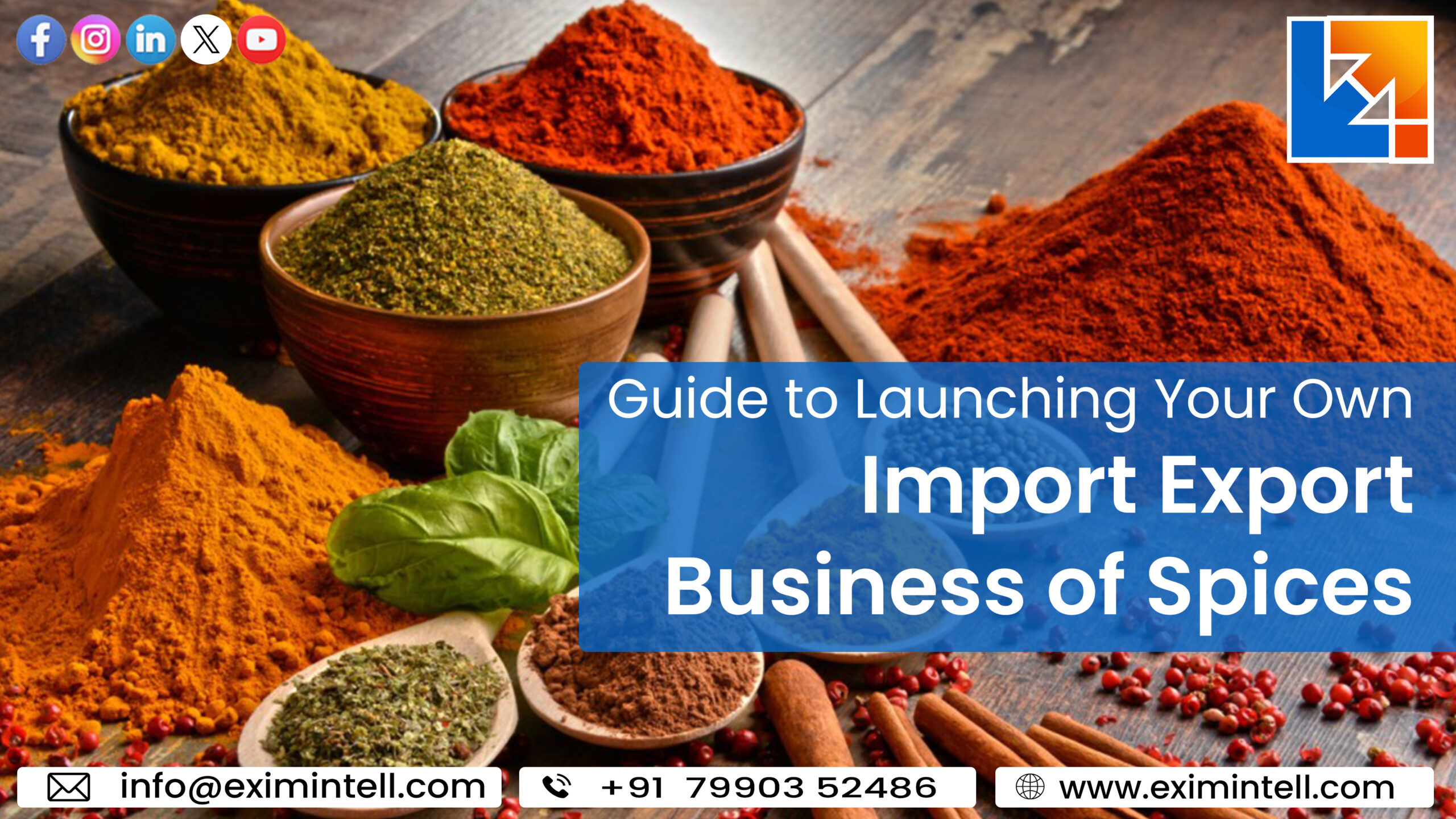Are you an import-export enthusiast looking to thrive in the global business landscape? If so, it’s time to gear up and safeguard your hard-earned commission fee! In this fast-paced world of trade, where every deal counts, protecting your financial interests should be at the top of your priority list.
Join us as we dive into effective strategies and expert advice on how to secure that well-deserved commission fee in the exhilarating realm of import-export business. Get ready to navigate potential challenges, seize lucrative opportunities, and embark on a journey toward success with confidence!
Introduction – Commission Fee in Import-Export Business
In import-export businesses, commission fees are a common way for agents and brokers to get paid. However, these fees can sometimes be a point of contention between the parties involved. To avoid any potential problems, it is important to have a clear understanding of the commission fee structure before agreeing to anything.
Commission fees are typically calculated as a percentage of the total value of the deal. For example, if you are exporting goods worth $100,000, and your agent’s commission fee is 5%, then they would be entitled to $5,000.
It is important to remember that commission fees are not always upfront costs. In some cases, agents and brokers may agree to defer their fees until after the deal has been completed successfully. This is known as a success fee.
Success fees can be a great way to incentivize your agent or broker to get the best possible outcome for your business. However, it is important to make sure that you have a written agreement in place before deferring any payments. This will help to avoid any misunderstandings or disputes down the line.
What is the Commission Fee in Import- Export Business?
A commission fee is a charge assessed by an intermediary for services rendered in connection with the import or export of goods. The intermediary may be an agent, broker, or other third party who assists in facilitating the transaction between the buyer and seller. The amount of the commission fee is typically a percentage of the value of the goods sold, and it is paid by the party that uses the services of the intermediary.
There are several reasons why you might choose to use an intermediary when importing or exporting goods. An intermediary can help to connect you with buyers or sellers in other countries, and they can provide valuable market intelligence and guidance on shipping logistics. Using an intermediary can also help to reduce your risks in international trade, as they can provide financial protection against non-payment or default by either party.
When choosing an intermediary, it is important to ensure that they are reputable and have a good track record in completing transactions successfully. You should also agree on the terms of their commission fee upfront, to avoid any disputes later on. Once you have found a reliable intermediary, maintaining a good relationship with them is key to ensuring smooth and successful import/export transactions in the future.
Common Issues that Could Impact Your Commission Fee
There are a few common issues that could potentially impact your commission fee in the import-export business. First, if the market conditions for the commodity you are exporting or importing change drastically, it could affect the prices you can get for your goods and services.
This in turn could have an impact on your commission fee. second, political instability in either the country of origin or destination can also cause problems. If there is a risk of not being able to export or import goods due to political unrest, this could affect your commission fee as well.
Changes in trade policy can also screw things up. For example, if a country imposes tariffs on imported goods, that will make it more expensive to do business there and will likely result in lower profits, and thus a lower commission fee for you.
Strategies to Protect Your Commission Fee in Import Export Business
As an import-export business owner, you know that commission fees can eat into your profits if you’re not careful. Here are some strategies you can use to protect your commission fee:
1. Get quotes from multiple freight forwarders.
Don’t just go with the first freight forwarder you find. Get quotes from multiple companies so that you can compare prices and find the best deal.

2. Negotiate your commission fee.
Once you’ve found a few reputable freight forwarders, it’s time to negotiate your commission fee. Remember, the lower your fee, the more profit you’ll make on each shipment.
3. Use volume discounts.
If you’re shipping large quantities of goods, be sure to ask for volume discounts from your freight forwarder. This will help lower your overall shipping costs and improve your bottom line.
4. Compare services.
Not all freight forwarders offer the same services, so make sure to compare what each company offers before deciding who to work with. This could help you save money by avoiding unnecessary fees or services that you don’t need.
5. Shop around for insurance rates.
Insuring your shipments is important, but it doesn’t have to cost a fortune. Shop around for insurance rates from different companies and make sure you’re getting the best deal possible without compromising on coverage quality.
Determining the Fair Amount of Commission Fee in Export Import Business
As an import-export business, it is essential to safeguard your commission fee. This can be done by understanding how to determine the fair amount of commission fee and by using a contract.
To determine the fair amount of commission fee, you need to consider the following:
+ The value of the goods that are being shipped
+ The shipping costs
+ The insurance costs
+ The customs duties and taxes
+ The profit margins
+ The risk involved in the transaction
+ The time frame for the shipment
By taking all of these factors into account, you will be able to arrive at a fair amount for your commission fee. It is also important to use a contract when working with an import-export business. This contract should outline the terms of the agreement, including the commission fee. By having a contract in place, you can help to ensure that you will receive the agreed-upon commission fee.
Reviewing Agreements to Secure Commission Fee Payment
As an import-export business owner, it is important to safeguard your commission fee by reviewing agreements carefully before signing them. This includes understanding the terms of the agreement and ensuring that the other party is legally bound to pay the commission fee.
If you are not comfortable reviewing agreements yourself, you can hire a lawyer to do it for you. However, this will likely cost more money than doing it yourself.
To review an agreement, start by reading it thoroughly and making sure you understand all of the terms. Once you have a good understanding of the agreement, you can start to look for any red flags that could indicate that the other party may not be willing or able to pay the commission fee.
Some things to look out for include:
– Unclear or conflicting terms
– Terms that are significantly different from what was initially discussed
– A lack of detail about how the commission fee will be paid
– A clause that allows the other party to cancel the agreement without having to pay the commission fee
If you identify any red flags, you can try to negotiate with the other party to resolve them. If you are unable to reach an agreement, then it is probably best to walk away from the deal.
Setting Up Escrow Accounts for Protection
An escrow account is a holding account used in international transactions. The funds are held by a third party during the transaction process to ensure that both the buyer and seller fulfill their obligations. This type of account offers protection for both parties involved in the import-export business.
If you’re setting up an escrow account for the first time, there are a few things you need to know. First, you’ll need to find a reputable bank or financial institution that offers this service. Once you’ve found a reputable provider, you’ll need to open an account and deposit the funds for the transaction.
Once the funds have been deposited, the next step is to provide the relevant documentation to the escrow company. This includes documents such as purchase agreements, invoices, and shipping manifests. The escrow company will then hold onto these documents until the transaction is complete.
Once everything is in place, the buyer will make their payment into the escrow account. The funds will then be released to the seller once the goods have been shipped and received. In some cases, buyers may also request additional protection, such as insurance, before making their payment.
Using an escrow account is a great way to protect yourself when engaging in import-export business. It offers peace of mind knowing that both parties are protected throughout the transaction process.
Utilizing Import Export Software & Accounting Systems
Assuming you are already using import-export software, the following will show you how to use it to your advantage to safeguard your commission fee.
Accounting for Commissions in Export Businesses
When it comes to safeguarding your commission fee, keeping accurate records is critical. This is especially true if you’re dealing with international clients, as there may be additional compliance requirements. Import-export software can help you manage your financial data and ensure that all commissions are properly accounted for.
There are a few things to keep in mind when tracking commissions in your export business:
– Keep track of all sales agreements and invoices, as these will be used to calculate commissions owed.
– Make sure any minimum purchase requirements are met before issuing a commission payment.
– Keep detailed records of all communications with clients regarding commissions. This will help avoid any misunderstandings down the road.
– Have a clear understanding of the commission structure laid out in your sales agreement. This will ensure that both you and the client are on the same page regarding payments.
By following these tips and utilizing import export software, you can safeguard your commission fee and keep accurate records of all transactions.
Conclusion
By taking the necessary precautions to ensure your commission fees are safeguarded in an import-export business, you can protect yourself from unscrupulous practices and save yourself a lot of worry. Relying on written contracts and understanding the procedures for transferring funds is key to success when working with foreign trading partners.
Additionally, being aware of national laws and regulations governing export and import activities will provide further protection against financial losses or other issues that may arise during international transactions. Taking these steps will help ensure you get paid the rightful amount for the work you’ve done.



















